1962D one penny split sherif on the date? DOUBLE EYE LID, DOUBLE COLUN
Still struggling with doubling, reason I ask for your expertise... Is this a split Sherif on the 9 and 6 of the date. Note also a dbl colon. Double eye lid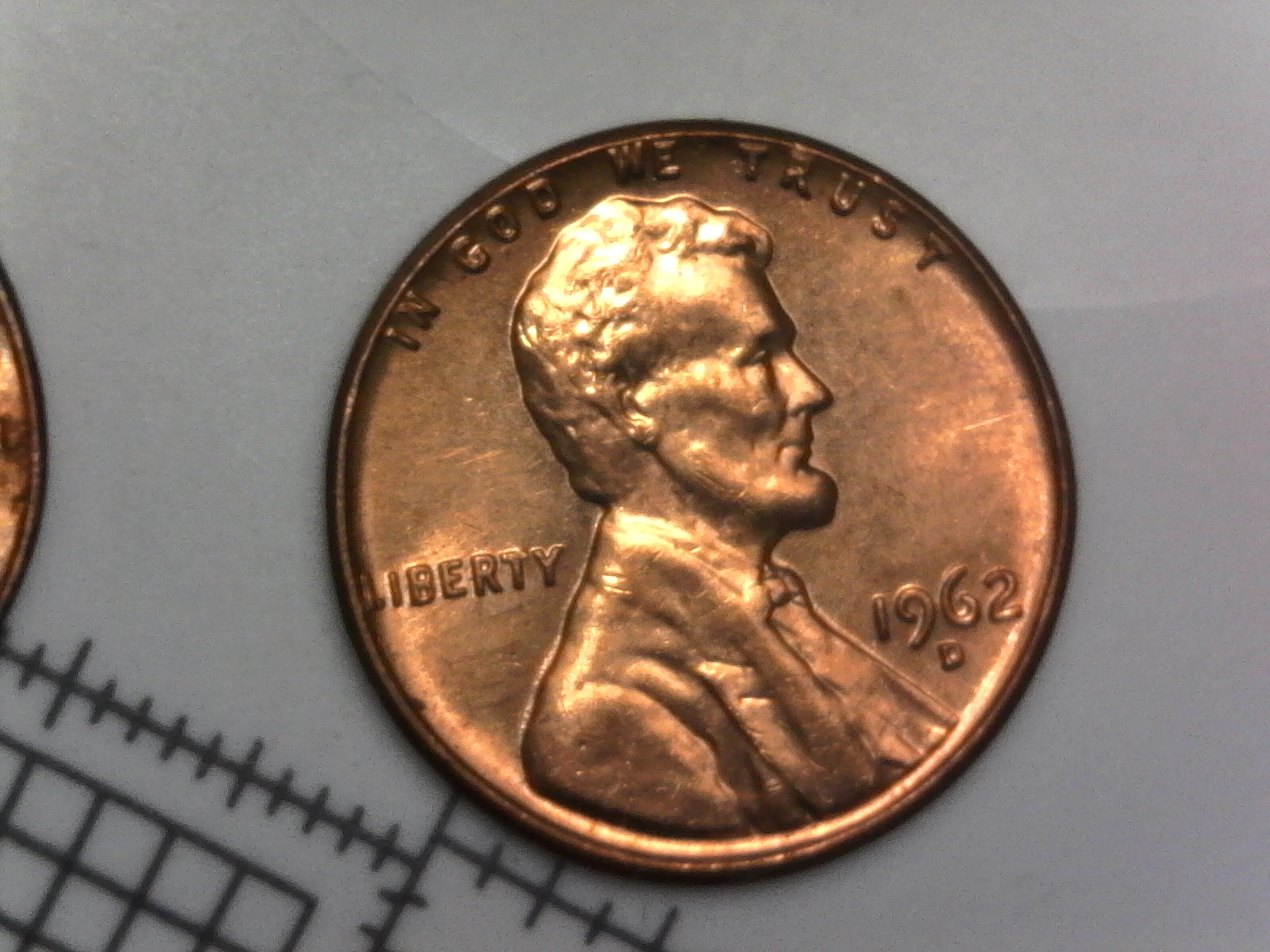
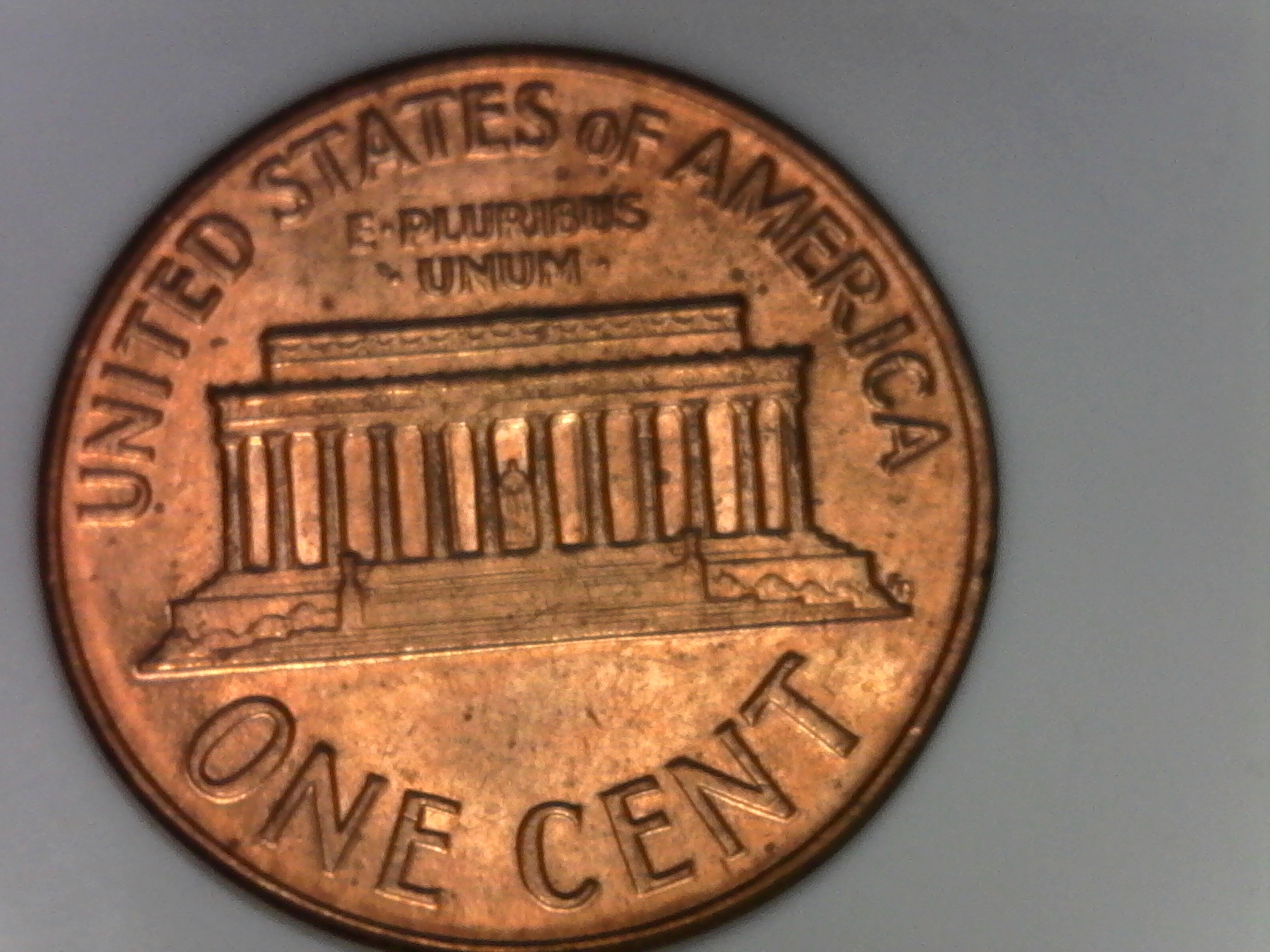

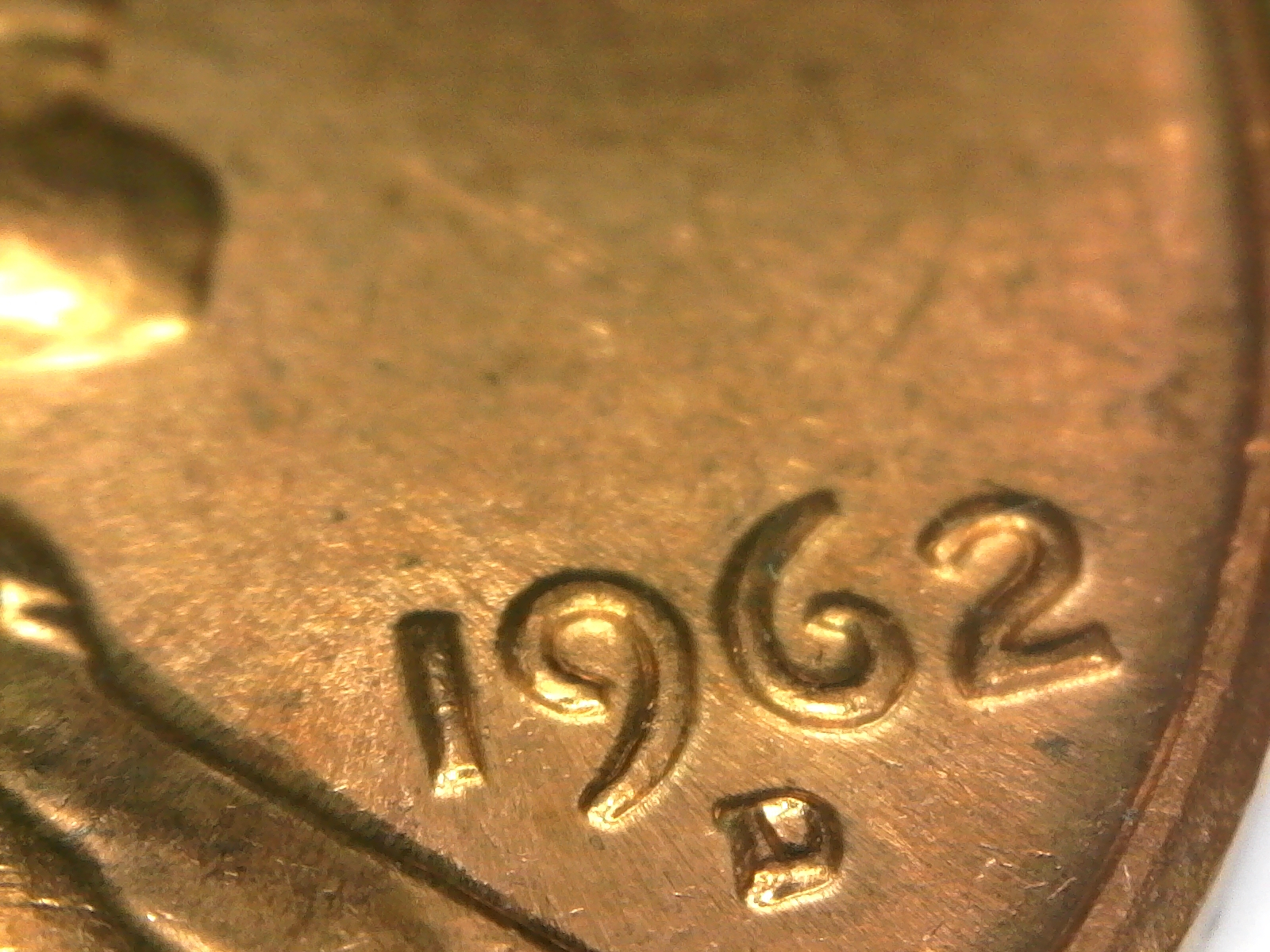
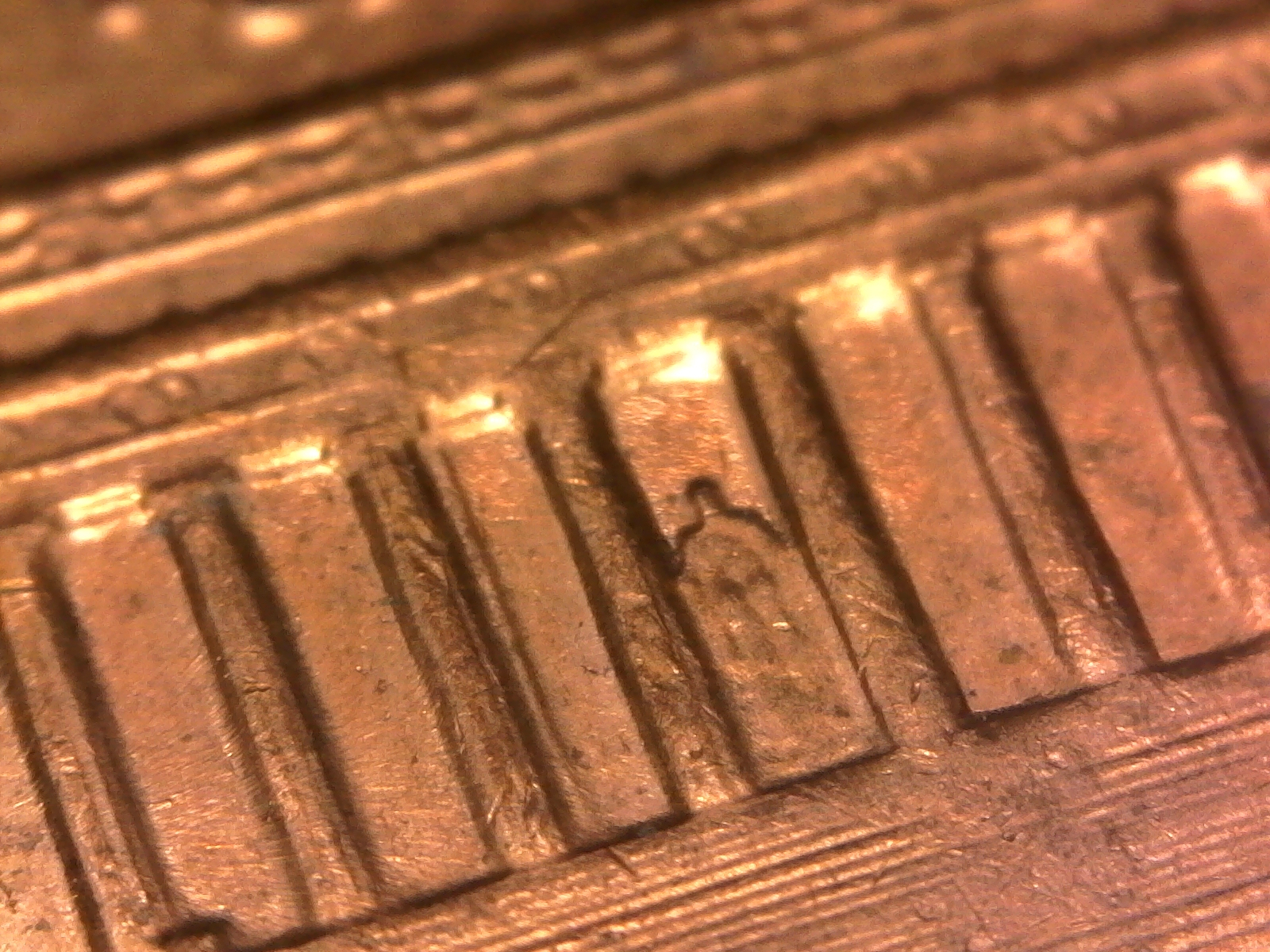
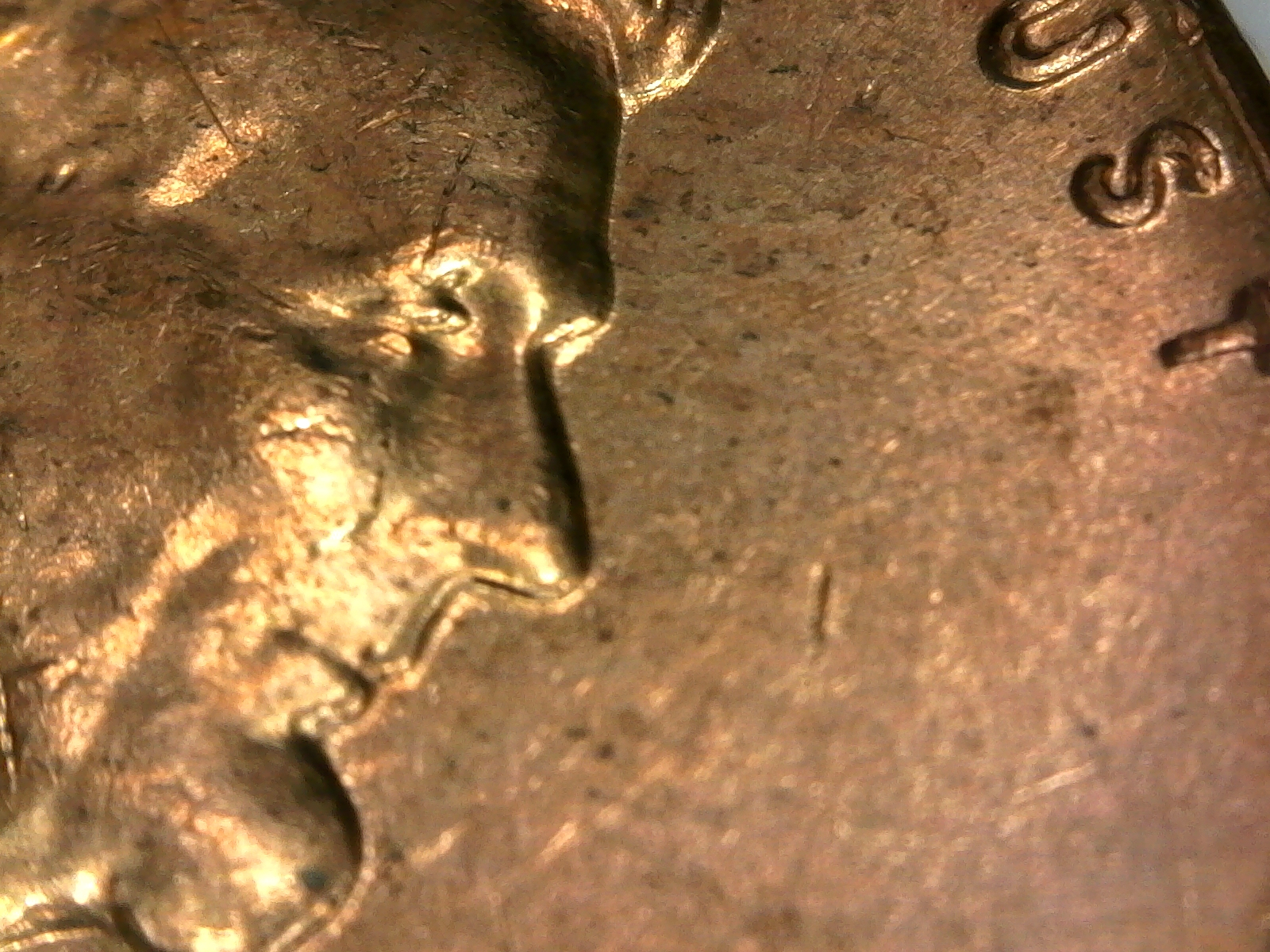
0
Still struggling with doubling, reason I ask for your expertise... Is this a split Sherif on the 9 and 6 of the date. Note also a dbl colon. Double eye lid





Comments
Pretty sure that is just machine doubling.
If you think you have a coin with a DD on both sides then unless it is one of the extremely few known instances of that phenomenon then I don't even need to see pictures to know it is MD.
Aside from that, is there a known DD on this date/mm? If so, then just match it up to pictures of the known die variety.
If not, then why look for something that doesn't exist?
I have a special jar for coins like this.
That’s got to be a six figure coin, what with split sherifs and all.
Does look like machine doubling to me also. It takes awhile to get the eye for the real (desirable) type of doubling. Keep watching and learning, and you will start to recognize the difference.
I believe that's called MD (machine doubling).
I agree with machine doubling, also a contributor to this would be excess die wear.
Fighting the Fight for 11 Years with the big "C" - Never Ever Give Up!
Member PCGS Open Forum board 2002 - 2006 (closed end of 2006) Current board since 2006 Successful trades with many members, over the past two decades, never a bad deal.
A split Sherif with a double colon would be something to see!
The date, however, shows machine doubling.
It wasn't until around 1990 that mintmark were impressed into hubs for circulating coins, so a 'doubling' of the mintmark in an earlier (1962) circulation strike would be an indication of a repunched mintmark and not a doubled die.
Edited to correct a bonehead error ...
See http://www.doubledimes.com for a free online reference for US twenty-cent pieces
Machine doubling... and I think you meant 'column'... since a colon is our waste disposal organ....Cheers, RickO
From now on, I will follow JBK advice and try to match it up to pictures of the known die variety.
But is it still possible to find an error that is not listed yet?
Because I found a die crack on a 1984D starting at the bottom of the ear lobe toward the 9 o'clock, and I haven't found any variety. Should I post this error or am IO wasting everyone's time?
As far as I know, minor die cracks (even major ones?) aren't really "listed" anywhere. They are what they are. Same goes for all other errors.
A doubled die is technically a die variety and so the "error" or anomaly is on the die itself and will be repeated hundreds or thousands of times until the issue is caught and the die is taken out of service. There will usually be many other identical examples out there so they in turn get "listed".
Could a newer collector discover a doubled die that is not yet recognized? In theory, yes. In practice, no. At least not until they become an expert in identifying MD vs DD, etc.
As I see it, it is best to leave the eyesight-destroying scrutinization to others. Once they find something worth looking for, then the hunt begins.
Unless, of course, you have a box of new, current year coins. Then, you might be the first one to find a new die variety.
1955/55?
All comments reflect the opinion of the author, even when irrefutably accurate.
Got you, thanks
Great info, noted
OF COURSE! Dang it ... I meant to write "it wasn't until 1990 that mintmarks were impressed in the hubs for circulating coins, so a 'doubling' of the mintmark (on a 1962 coin) would be a repunched mintmark and not a doubled die." I'll correct the original post.
Thanks for the correction!
It was before coffee when I wrote the original post!
See http://www.doubledimes.com for a free online reference for US twenty-cent pieces
Conclusion, previous to 1990 is DD doubling on the date and RPM repunched mintmark